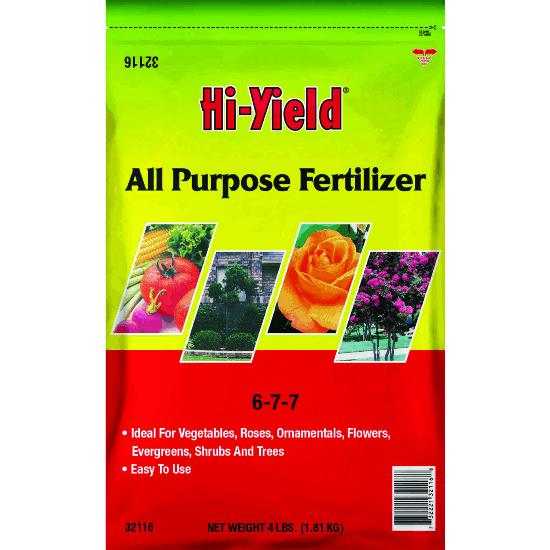Can roses grow indoors? The answer is yes, and this blog post will guide you through the wonderful world of indoor rose gardening, offering tips, care information, and ways to enjoy these beautiful plants within the confines of your home.
Selecting the Right Variety
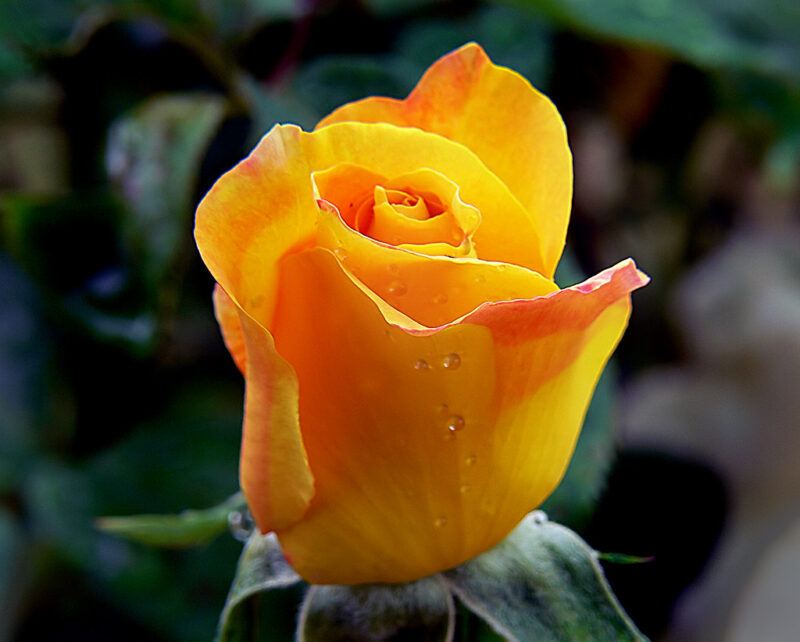
When considering growing roses indoors, choosing the right variety is paramount. Here are a few types that tend to thrive best in indoor settings:
Miniature Roses: Perfectly sized for indoor spaces, miniature roses reach heights of only about 12-24 inches. These delightful plants produce a significant number of blooms and are available in a variety of colors.
Potted Floribunda Roses: This variety produces clusters of flowers, making them ideal for stunning displays. While they may grow larger than miniature roses, with the right pot size, they can still fit comfortably indoors.
Climbing Roses: These roses can be trained to grow along trellises or supports, which can add visual interest to any room. However, they may require more care to ensure they don’t become unruly.
Hybrid Tea Roses: While traditionally grown outdoors, some hybrid tea varieties can adapt to indoor conditions as long as they receive sufficient light and care.
Preparing Your Indoor Environment
Before you bring your roses home, it’s essential to prepare your indoor environment to promote healthy growth. Here are key factors to consider:
Light
Roses are sun-loving plants, so adequate light is critical to their success. Ideally, they need at least six hours of direct sunlight each day. Place your roses near south-facing windows where they can soak up natural light. If natural light is limited, you could supplement with grow lights. Various types can mimic sunlight, and key options include fluorescent and LED grow lights.
Temperature
Most roses thrive in temperatures between 65°F to 75°F (18°C to 24°C) during the day and slightly cooler at night. They are not fond of extreme temperature fluctuations, so keep them away from drafts and heat sources like radiators or air conditioning vents.
Humidity
Indoor environments can often be dry, especially during winter months. Roses prefer humidity levels around 40-60%. You can increase humidity through several methods, such as placing a humidifier nearby, grouping plants together, or setting your rose pot on a tray filled with pebbles and water.
Potting Your Roses
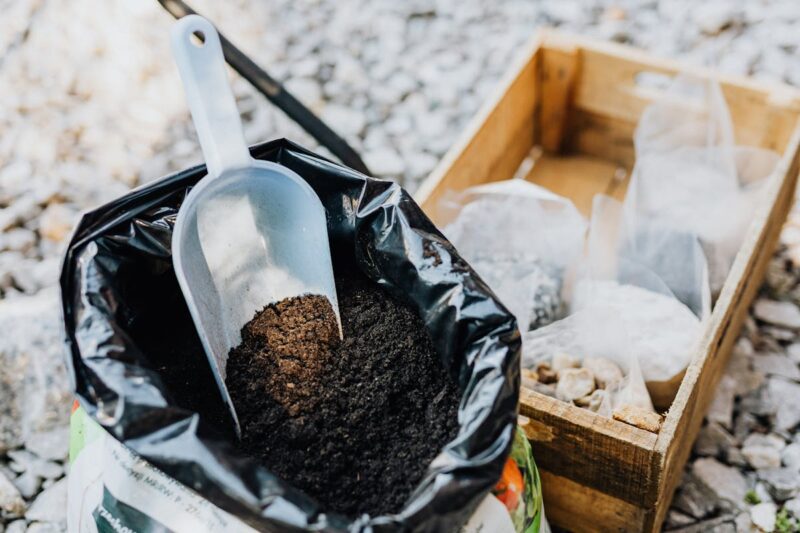
Choosing the right pot is essential for indoor rose growth. Here are some potting tips:
Size: Select a pot that is about 12 inches deep with adequate drainage holes. Roses appreciate room for their roots to grow, so make sure the pot isn’t too small.
Soil: Use a well-draining potting mix specifically designed for roses or flowering plants. A combination of potting soil, peat moss, and sand can work well to maintain proper drainage while retaining some moisture.
Transplanting: When you first buy your indoor roses, you may want to transplant them into fresh soil. Gently remove the plant from its original container and loosen any tightly bound roots. Then, place it in your prepared pot and fill in with soil.
Watering Your Indoor Roses
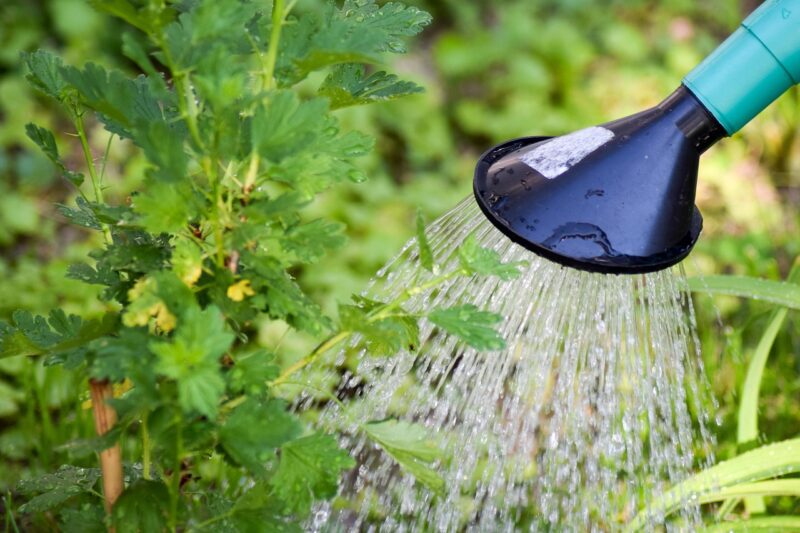
Watering is one of the most critical aspects of indoor rose care. While roses like a good amount of moisture, overwatering can lead to root rot. Here’s how to strike the right balance:
Check soil moisture: Use your finger to test the top inch of soil. If it feels dry, it’s time to water. If it’s still moist, hold off on watering for a couple of days.
Water deeply: When the time comes to water, do so thoroughly until water drains out of the bottom of the pot. This ensures that the entire root system is receiving moisture.
Drainage: Make sure to empty any excess water that collects in the saucer beneath the pot to prevent soggy roots.
Nutrition and Fertilizing
Indoor roses also require a balanced feeding regimen to encourage healthy growth and vibrant blooms. Here are some key points to consider:
Fertilizing schedule: During the growing season (spring and summer), feed your indoor roses every 4 to 6 weeks with a balanced, water-soluble fertilizer. Look for formulas specifically designed for roses or flowering plants, which have the right balance of nutrients.
Organic options: You might also consider organic fertilizers such as compost tea, fish emulsion, or well-aged manure to nourish your indoor roses. These options often provide a slow-release of nutrients.
Fall and winter care: As winter approaches and growth slows, reduce feeding to once every two months. This helps prevent excess nutrients while the plant is inactive.
Pruning and Maintenance

Regular maintenance—including pruning—is crucial for keeping your indoor roses healthy. Here’s what to keep in mind:
Pruning timing: The best time to prune roses is in early spring before new growth begins. This helps to shape the plant and encourages the development of new blooms.
Techniques: When pruning, remove dead or diseased wood, and cut back healthy stems by about one-third. Make your cuts at a 45-degree angle just above a leaf node to encourage new growth.
Monitoring for pests: Indoor roses can still attract pests like aphids and spider mites. Regularly inspect your plants and treat infestations promptly using natural or chemical insecticides if necessary.
Troubleshooting Common Issues
As with any indoor plants, roses can suffer from various problems. Here’s how to troubleshoot some common issues:
Leaf drop: If your roses are dropping leaves, it could be due to underwatering, overwatering, or fluctuating temperatures. Assess your watering schedule and ensure they are not in drafts.
Poor blooming: If your plants are failing to produce flowers, they might be receiving insufficient light or nutrients. Check their positioning and consider supplementing with fertilizers.
Diseases: Powdery mildew and black spot are common fungal diseases that can affect indoor roses. Ensure plenty of airflow around the plants and consider a fungicide if you notice these symptoms.
Enjoying Your Indoor Roses: Tips for Varied Presentation
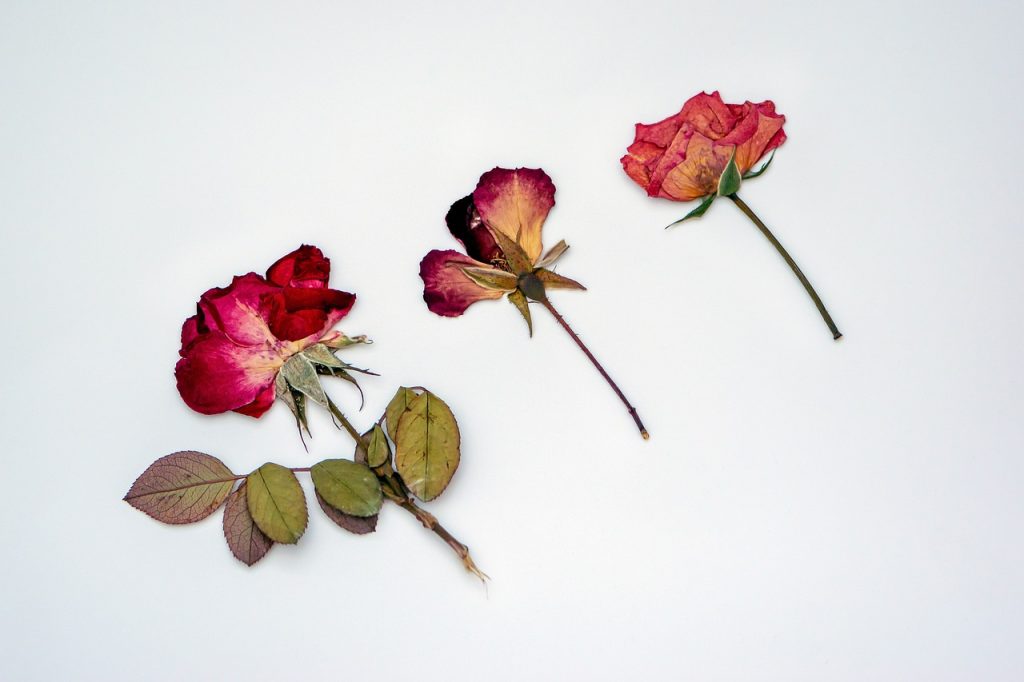
Once you’ve successfully cultivated roses indoors, finding creative ways to display them can enhance not just the beauty of your home but also your enjoyment of the plants. Here are some ideas to consider:
Terrariums: For smaller varieties, consider creating a lovely terrarium that features your roses alongside other plants. This can create an eye-catching focal point.
Bouquets and Arrangements: Cut blooms can easily be arranged into stunning bouquets. Enjoy the fruits of your labor by bringing their beauty into all corners of your home.
Seasonal Decor: Use your indoor roses to enhance seasonal decorations. For instance, place red roses in a vase during the winter holidays or opt for pastel shades during spring.
Gifting: Well-cared-for indoor roses can make thoughtful gifts for loved ones, showing that you’ve put thought and care into your present.
Conclusion: Cultivating Happiness with Indoor Roses
Growing roses indoors is not just about enhancing the aesthetics of your space; it’s about nurturing life and creating a connection to nature within your home. With a variety of types to choose from, understanding proper care techniques, and employing creative display ideas, the process can be immensely rewarding.



